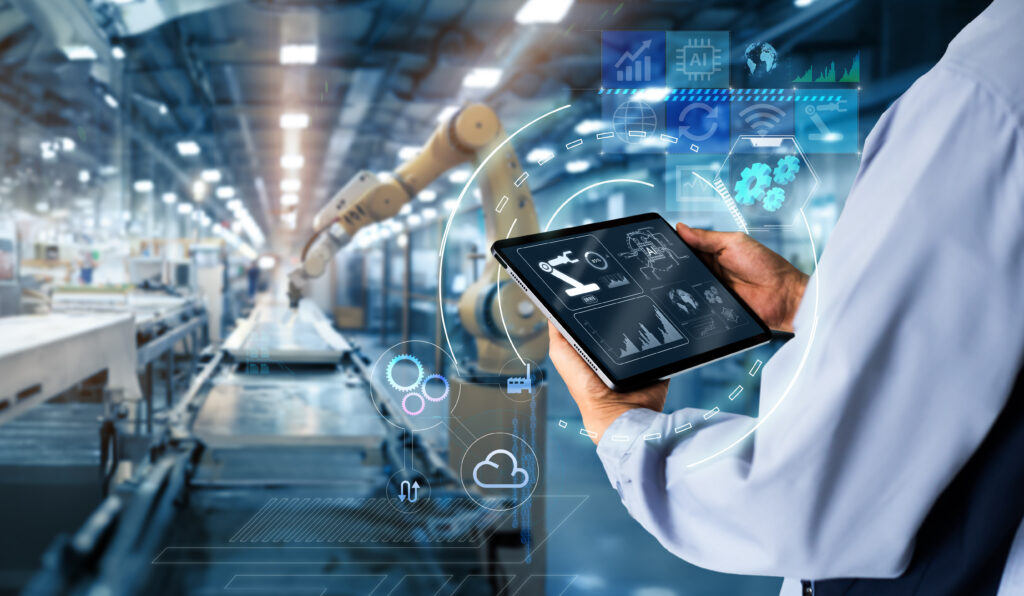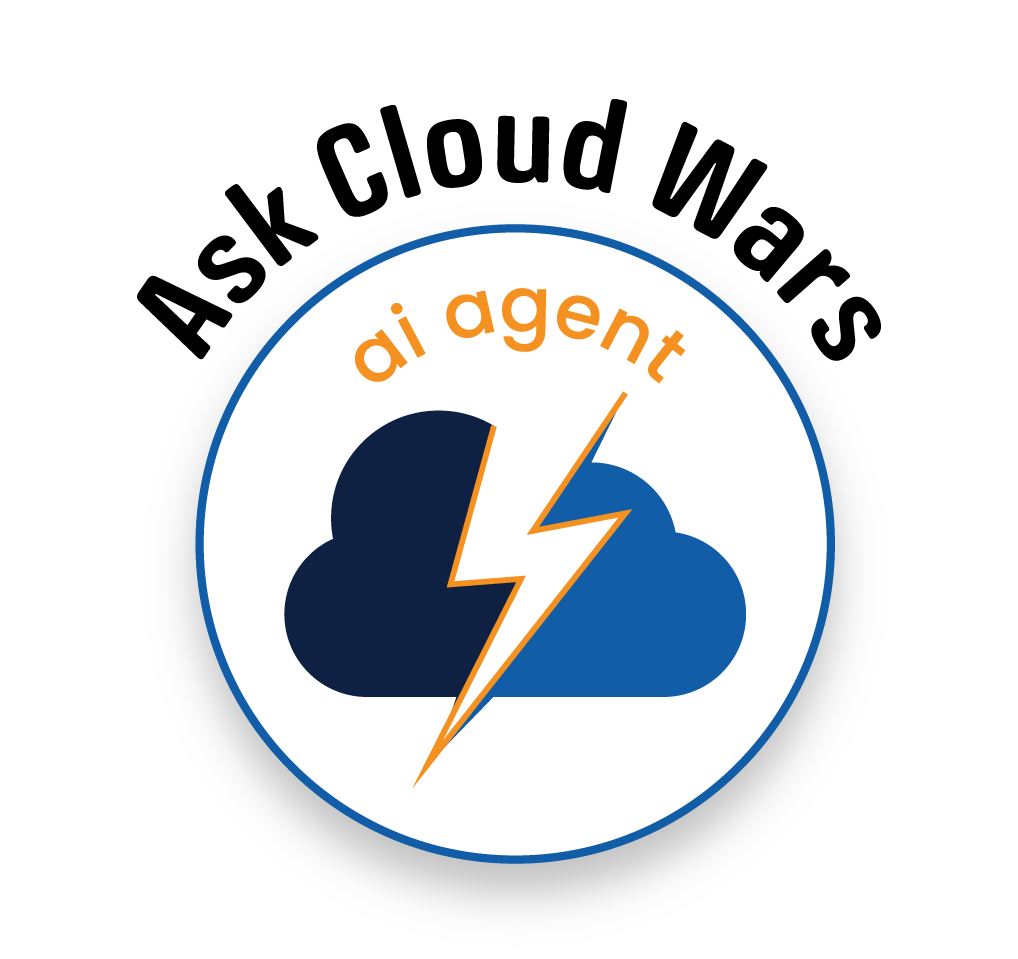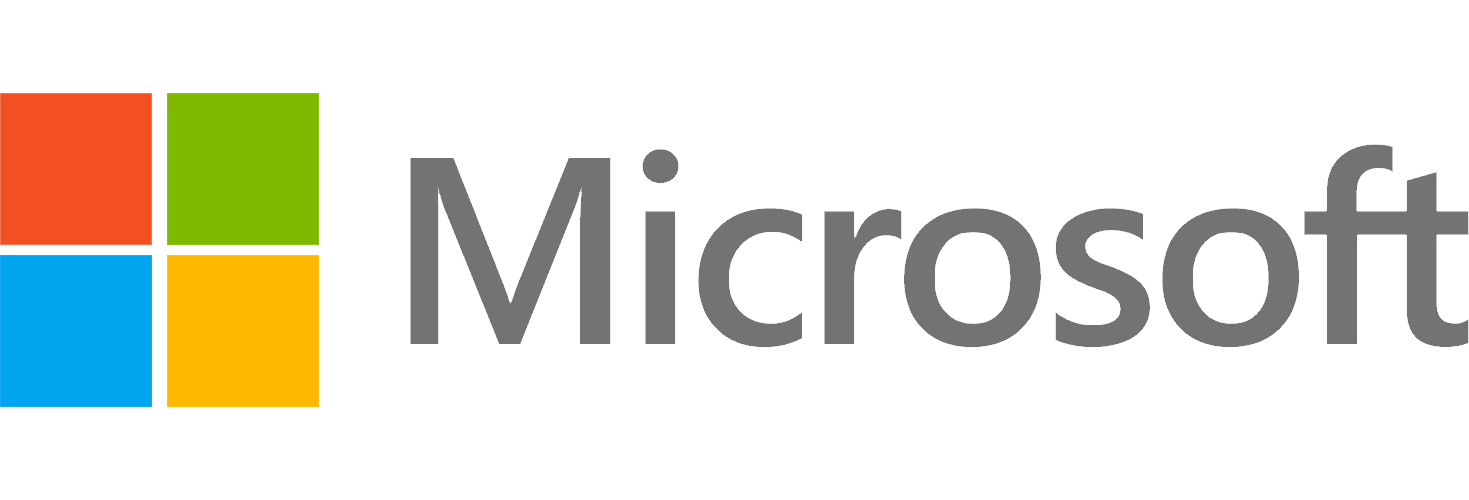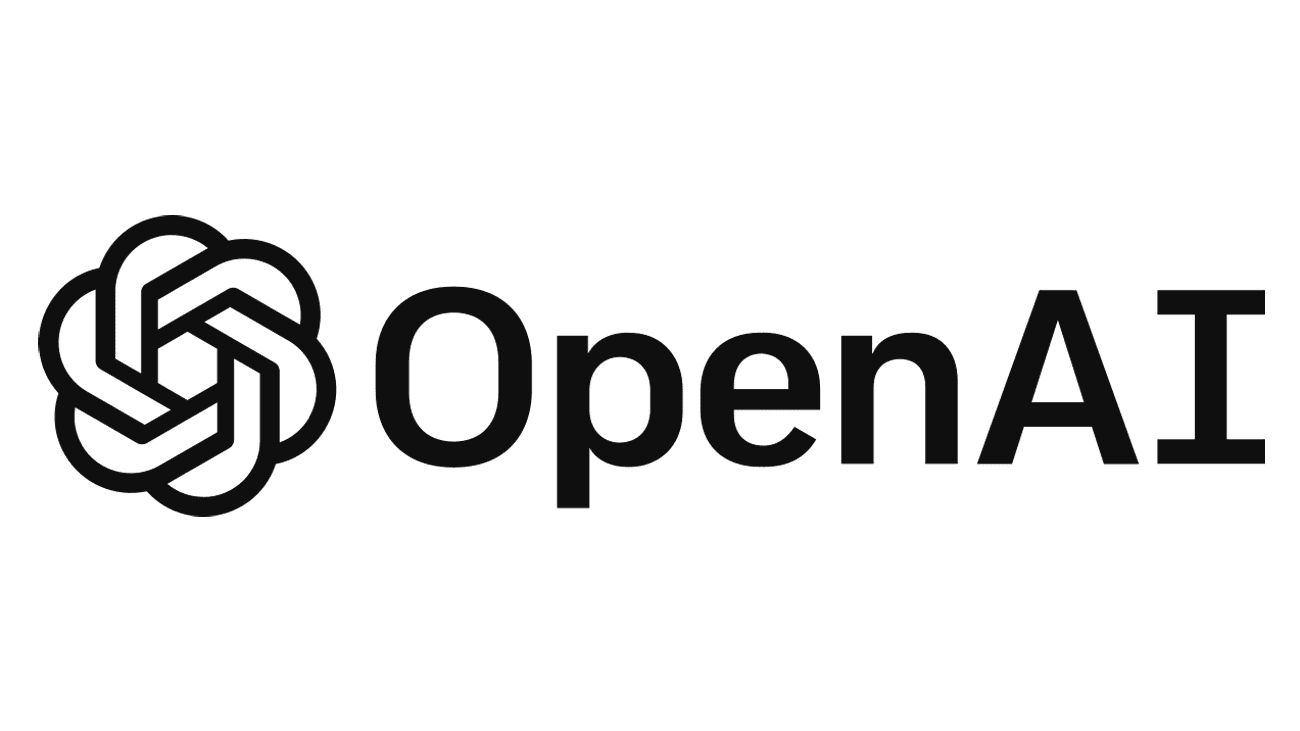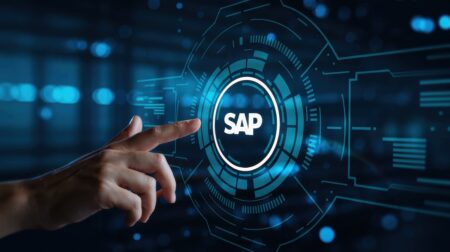
As the chief information officer (CIO) of a manufacturing company, I am always looking for ways to improve efficiency, reduce costs, and empower our workforce. With artificial intelligence advancing rapidly, two AI tools — copilots and agents — stand out for their potential to do all three. While these AI-driven applications promise to revolutionize operations, understanding their roles and use cases is critical to unlocking their full value.
Definitions in Customer Terms
The terms copilot and agent can be used differently across various companies and contexts, leading to some confusion. For purposes of this analysis and from my CIO perspective, I’ll define them as follows:
Copilots are interactive assistants designed to work alongside users, like Microsoft’s offerings for Teams and Dynamics 365. These tools help with tasks such as scheduling, data retrieval, and troubleshooting, acting as productivity enhancers without replacing human decision-making or oversight. They provide real-time assistance and guidance, making them ideal for scenarios where collaboration and human input are essential.
Agents, on the other hand, operate with a higher degree of autonomy. Typically built using platforms like Microsoft’s Copilot Studio, OpenAI’s AutoGPT, or UiPath’s Agent Builder, agents manage complex workflows, automate repetitive tasks, and analyze data with minimal human intervention. Unlike copilots, which function as collaborators, agents act more like independent operators, handling tasks that require less direct supervision and can be efficiently managed through predefined rules and automated processes.
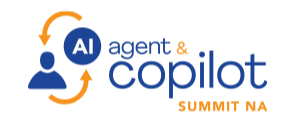
AI Agent & Copilot Summit is an AI-first event to define opportunities, impact, and outcomes with Microsoft Copilot and agents. Building on its 2025 success, the 2026 event takes place March 17-19 in San Diego. Get more details.
Manufacturing Applications
The potential applications for copilots and agents in manufacturing are vast. Beyond maintenance and energy management, copilots could assist in quality control by analyzing sensor data to flag deviations from standards and suggest corrective actions. Meanwhile, agents could automate supplier management, tracking vendor performance and flagging delays.
Another innovative use for agents in manufacturing is optimizing supply chain communication. Agents could monitor inventory levels and automatically trigger purchase orders when supplies are running low, ensuring uninterrupted production. Additionally, they could track supplier performance, flagging potential bottlenecks or delays in real time and suggesting alternative sourcing options. This proactive approach not only keeps production lines running smoothly but also strengthens relationships with vendors by maintaining transparency and responsiveness.
Meanwhile, copilots could support procurement teams by analyzing historical purchasing data to recommend cost-effective strategies, helping the company negotiate better terms with suppliers and reducing overall costs. Together, these tools create a seamless supply chain process that minimizes disruptions and enhances operational efficiency.
Navigating Vendor Choices
When implementing copilots and agents, I prefer major platform companies like Microsoft for their seamless integration with systems like ERP, CRM, and manufacturing execution platforms, ensuring efficient deployment and data access. However, a platform-agnostic company like UiPath, with its flexibility and specialization in robotic process automation (RPA), makes it a strong alternative. Its ability to integrate with diverse applications, automate complex workflows, and support both attended and unattended automation offers valuable options for tailored manufacturing solutions.
The concept of vendors positioning themselves to offer groups of agents orchestrated by copilots is particularly intriguing. This approach could allow us to centralize and streamline our AI ecosystem, where copilots act as a managerial layer, overseeing and coordinating the work of multiple agents. Vendors that successfully position themselves as orchestrators of such interconnected systems will undoubtedly stand out as leaders in the market.
Security Considerations
Despite their potential, I have some reservations about both copilots and agents. The biggest concern is reliability. While these tools can be powerful, any errors — such as an agent misinterpreting data or a copilot suggesting inaccurate solutions — could disrupt operations or damage customer relationships. To mitigate this, we must ensure proper training of the AI models, rigorous testing, and clear protocols for human oversight when critical decisions are involved.
Security becomes a significantly more complex and pressing issue as we adopt more autonomous agents. These tools often require access to sensitive data, from production metrics to customer information, to function effectively. If not properly managed, they could expose vulnerabilities in our systems or inadvertently misuse data. For example, an agent tasked with monitoring production schedules might access confidential supply chain agreements and inadvertently share sensitive details when communicating with a vendor. To address this, we need robust role-based access controls, encryption for data in transit and at rest, and regular audits to ensure compliance with security standards.
Additionally, I worry about the trust factor with AI. Building confidence in copilots and agents will require demonstrating their accuracy and reliability over time. For now, maintaining a balance between automation and human oversight will be critical to avoiding missteps while benefiting from the efficiency these tools offer.
Closing Thoughts
Copilots and agents are not just tools — they are enablers of a smarter, more efficient manufacturing operation. Copilots empower workers with real-time guidance, while agents automate complex processes to free up human resources for higher-value tasks. Together, they offer a powerful combination of human insight and AI precision.
As we integrate these technologies, we must address security concerns, navigate vendor choices, and carefully balance human oversight with AI autonomy. But with the right strategy, I believe copilots and agents can transform our company, improving efficiency, sustainability, and innovation. For us, the future of manufacturing is here, and it’s powered by AI.
Ask Cloud Wars AI Agent about this analysis


